We have all heard the saying, “no pain, no gain.” But WHAT are we truly gaining from the experiencing of muscle pain?
To begin answering this question, an important concept needs to be understood in that muscles are the “final organ” of the neuromuscular system. To better explain, nerves are connected in a very tight network with all muscles, which depend on the nervous system to properly function to their optimal control and with the desired strength capacity. In addition, cellular organs within the muscles and tendons provide an automatically direct feedback to the nervous system to maximize one’s performance. Our brain, being the organ where all sensations are interpreted and decisions are made, has the capacity override the neuromuscular control if needed. The brain will facilitate fluid movements if it feels safe and pleasant, and will inhibit or “guard to compensate” movement if there is a threat for injury or if pain is present.
Before we even feel muscle pain during exercise, we first experience fatigue and discomfort–like a tolerable burning or tightness. But even at the stage of feeling the fatigue, our neuromuscular machine is challenged to maintain balance and control while executing the best muscular performance. If our mind drives our body to continue exercising in this case, the neuromuscular system reorganizes the contractile activities within our muscles, which in turn, will require more energy from the body to keep up with the increased demand. This will trigger the signals for adaptation not only in the muscles, but also in the entire body in order to meet the increased demands for a higher level of performance.
Therefore, the goal of training is to drive our bodies to the point of fatigue while maintaining our proper form and control during exercise. This will result in developing the capacity for our bodies to adapt assuring our desired results for an improved performance.
Beyond the stage of fatigue and discomfort during exercise, pain is acknowledged. Our bodies react to it as a signal of impending or occurring injury. If the pain becomes intense, we will not be able to continue to move, much less perform. However, we can choose to “push” and keep on exercising with some level of pain. As a result, our bodies will come up with strategies to guard and protect ourselves by minimizing the weight to the painful areas of the body while in motion. Additionally to compensate, our movements will begin to slow and become less efficient. Pain during exercise also interferes with our natural posture by affecting our “core stability”, making it harder to breathe and causing increased stress on our cardiovascular system. These reactions to pain are the innate responses, learned to protect our bodies, but only short term.
Long term, adaptations to pain can be potentially harmful. It tends to lead our nervous system to operate in fear of moving the affected area or body part, and then, our movements become compromised. The changes within the body brought on by constant pain will also cause a redistribution of the natural loads during exercise, requiring the body to compensate. If the pain is left unresolved, these compensatory movements will lead to repetitive stress. Affecting not only the painful area, but also the healthy body tissues, which is the basis for the cause of most “overuse injuries”.
Another consideration of not properly dealing with the cause of the pain is the exponential increased time necessary to recover from an injury once it becomes chronic. In addition, painful sensations in any part of our bodies will affect our ability to rest and restore energy, thus, compromising the potential improvements from exercise that could have been made to the entire body.
A common example is to continue running or walking with some pain in one foot, knee or hip that forces the athlete to adjust his or hers “natural form” in order to complete a planned walking or running session. By doing this, not only is the athlete affecting the desired results they were determinate to achieve from the time spent training, but they are also greatly increasing the chances of worsening a potential injury. And, if this same pain is not resolved, and keeps coming back while the athlete continues to train, another healthy body part, such as the other limb or lower back, will potentially develop an injury.
So next time, you are pumped up and ready to push through that “muscle burning”… go ahead as long as the proper exercise form is maintained. However, if the exercise becomes painful…..Stop and listen to what your body is telling you.
And remember, “NO PAIN, THEN GAIN.”
For more information on Ways to Improve Performance or to check to see if the medical staff at FORMA can assist that push for you, call the office today at (949)999-0777
References
Arendt-Nielsen, L., & Graven-Nielsen, T. (2008). Muscle pain: Sensory implications and interaction with motor control. Clin J Pain , 291-298.
Cote, J. N., & Hoeger Bement, M. K. (2010). Update on the relation between pain and movement: Consequences for clinical practice. Clin J Pain , 754-762.
Hodges, P. W. (2011). Pain and motor control: From the laboratory to rehabilitation. Journal of Electromyography and Kinesiology , 220-228.
Hodges, P. W., & Tucker, K. (2011). Moving differently in pain: A new theory to explain the adaptation to pain. Pain , S90-S98.
Special Thanks to:
Jung Hee Han, Osteopathic Medical Student for her initial research and references, and to Christy Shaver for editing patiently.



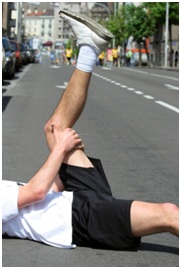
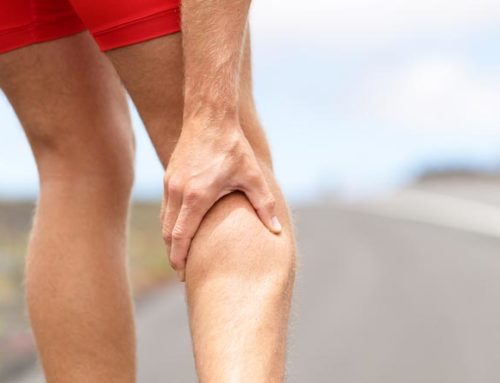
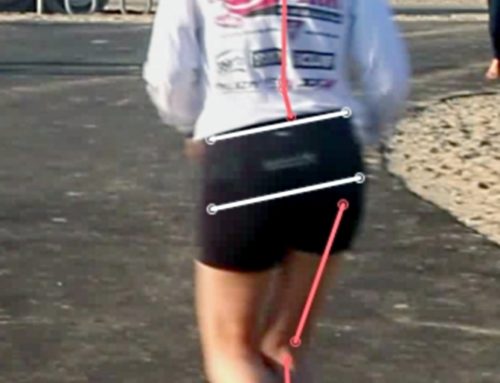
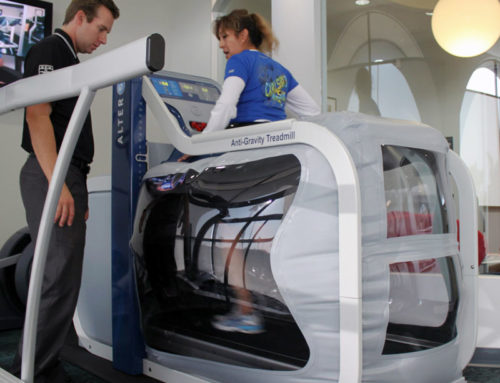

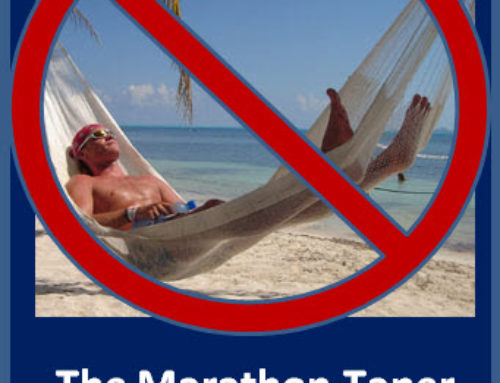
Great article Claudio. Thanks for sharing. Jack
If I read your advice correctly, it seems as if the ultimate solution is “No Brain…no Pain”. At my advanced age I am rapidly approaching that exalted state.
This article is very interesting and very true. I apply this theory to when FORMA and A Snail’s Pace Running Academy did a video taped gait analysis for the “Wounded Runner” program. You can physically see how people have adapted their gait to “guard” a injury. Usually this adaptation causes potential for other over-use injuries and causes the initial injury area to become weak. With this weakness comes muscle imbalance.
Thank you for the great article!